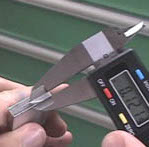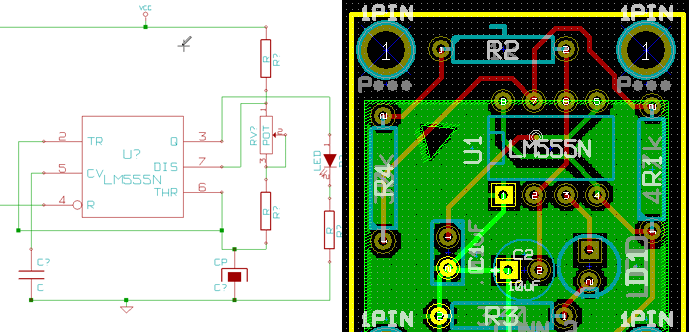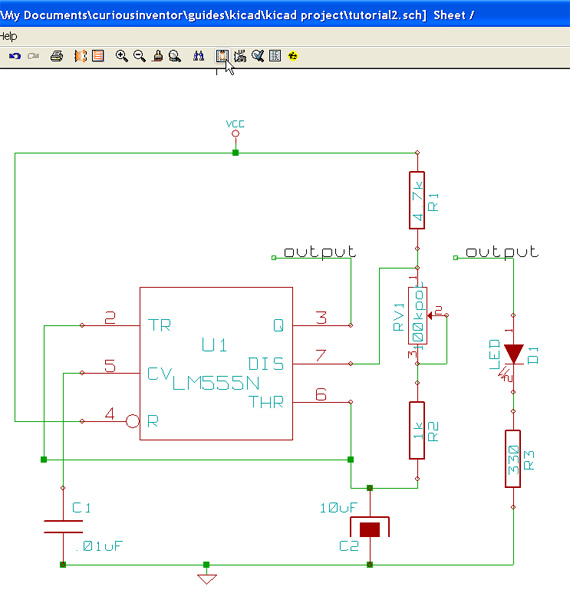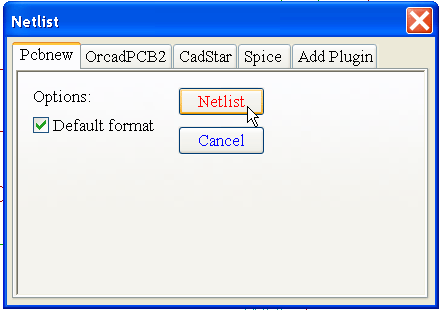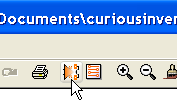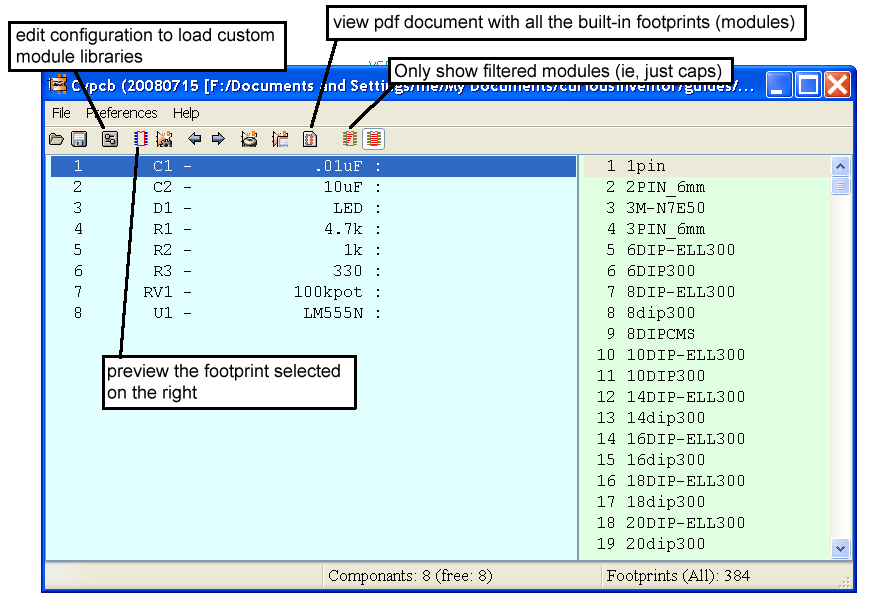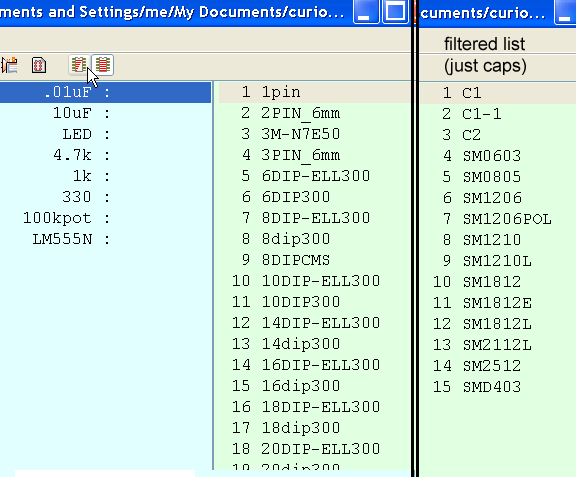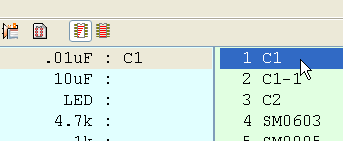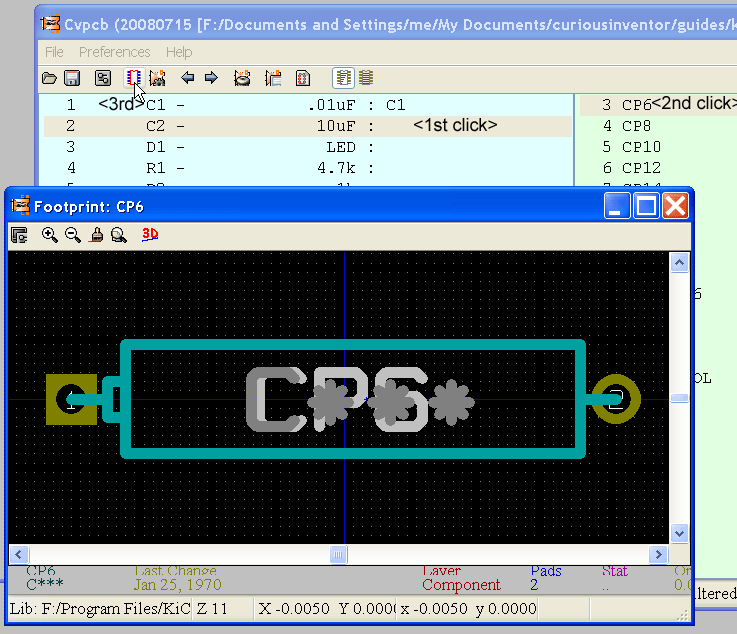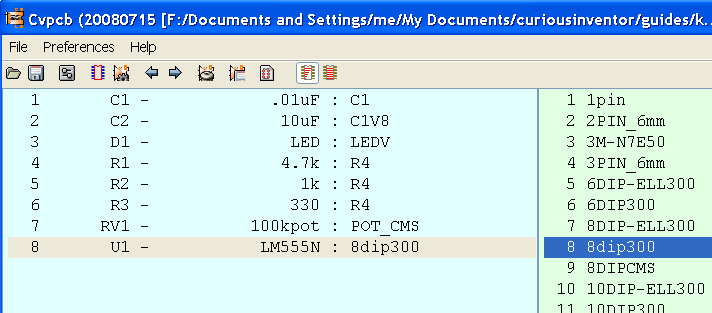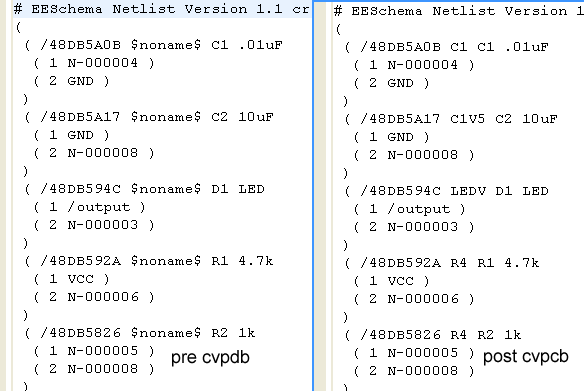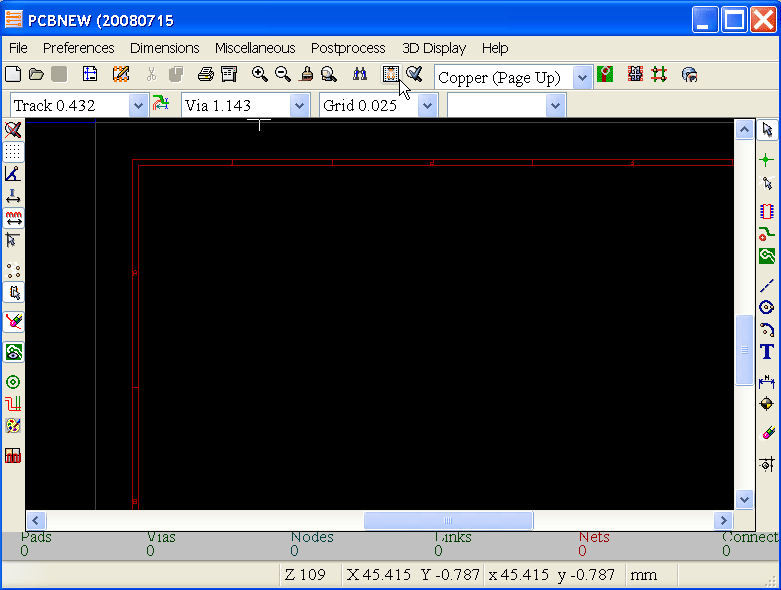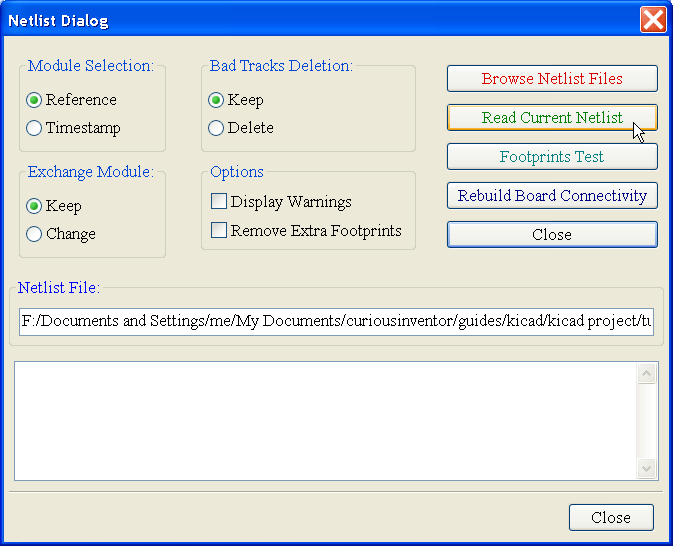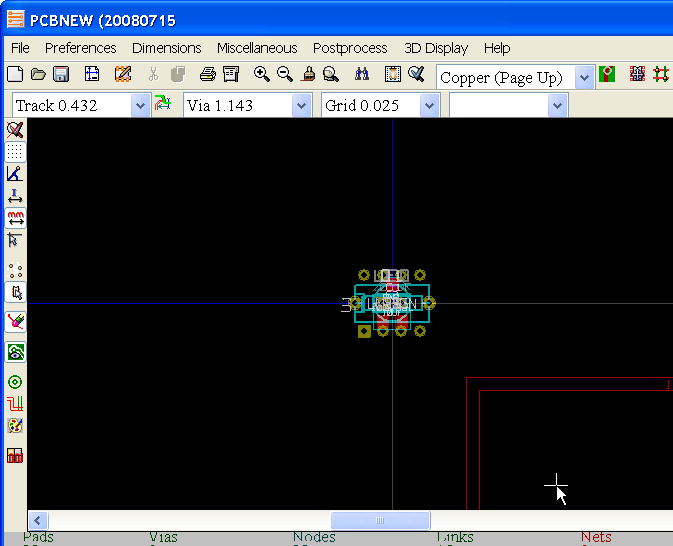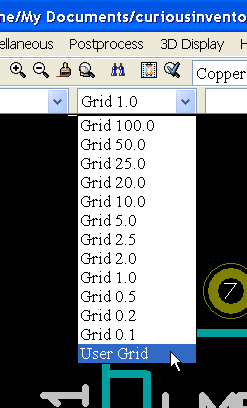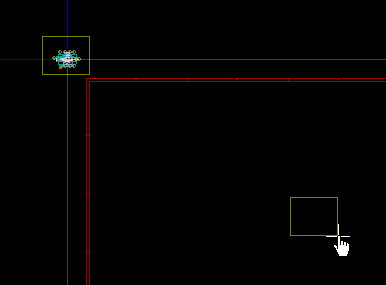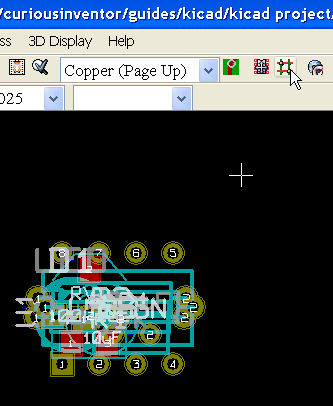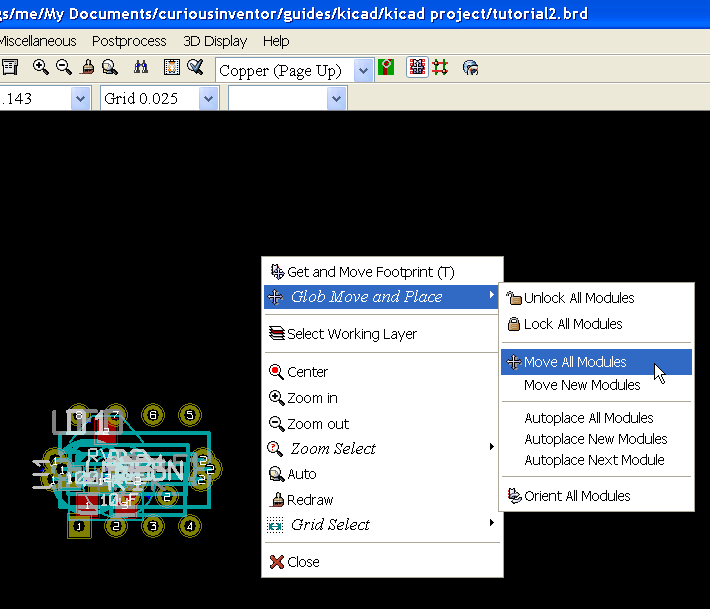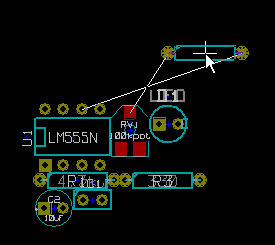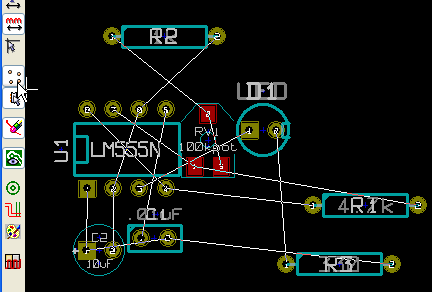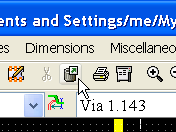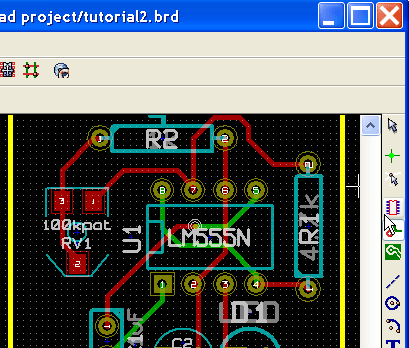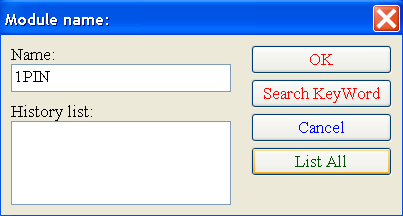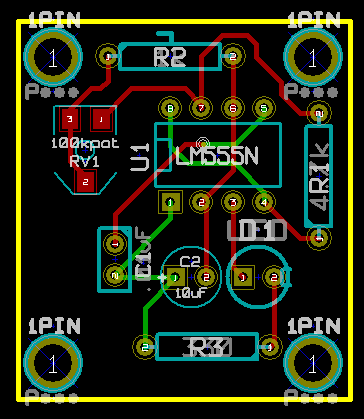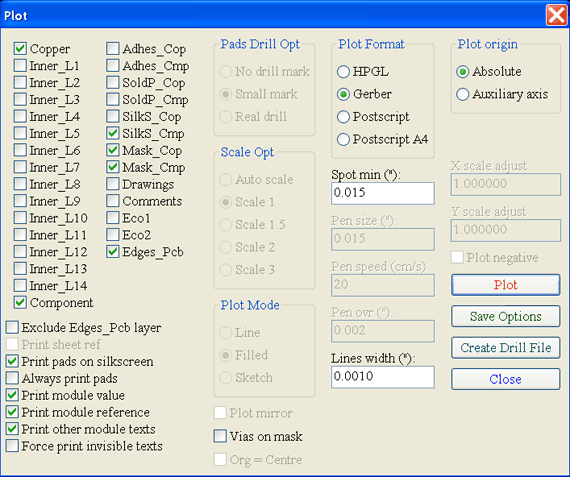Metal Working
Some basics of working with metal along with demonstrations of useful tools. Corrections and feedback appreciated…
Comments:
Feedback and corrections are appreciated.
A very infomative video for people getting started. I am a machinist myself and can agree with everything you said for hand drilling and tapping.
Thanks. We talked with several machinists to make this, and there was some debate on how often reversing a tap was necessary. Any thoughts? Surely it depends on everything (metal, tap sharpness, cutting fluid, etc), but what do you do in general?
Good videos! I just watched the soldering video before this one, and I have to say I’m very impressed with the accuracy of the information and the quality with which it’s presented.
Gary
Great video! Very useful. Thanks.
I’m very impressed by your Metal Working video. Looking forward for your next online video’s on this subject!
Question: Do you ship to the Netherlands?
Keep up the good work!
Regards, Bjørn
bkeizer@gmail.com
yep, just follow the instructions on the check page. we can’t ship flux or batteries, though.
You did a great job with this video. I am a machinist and have found everything you described to be very accurate and useful for the basics of drilling a hole.
The video has a lot of information for the beginner, but the beauty of online videos is that you can slow them down and watch them over and over. Keep up the excellent work!
Wow, thanks!
To echo Daletone’s comments, I have been a machinist for 22 years and I am impressed with your metalworking video. Excellent job. I came here for your soldering information, so I imagine it is of the same quality.
Regarding reversing the tap: This is on the conservative side, especially for Al. But in the home shop environment it definitely pays to be conservative.
Thanks for a great site!
good stuff. highly recommended!

